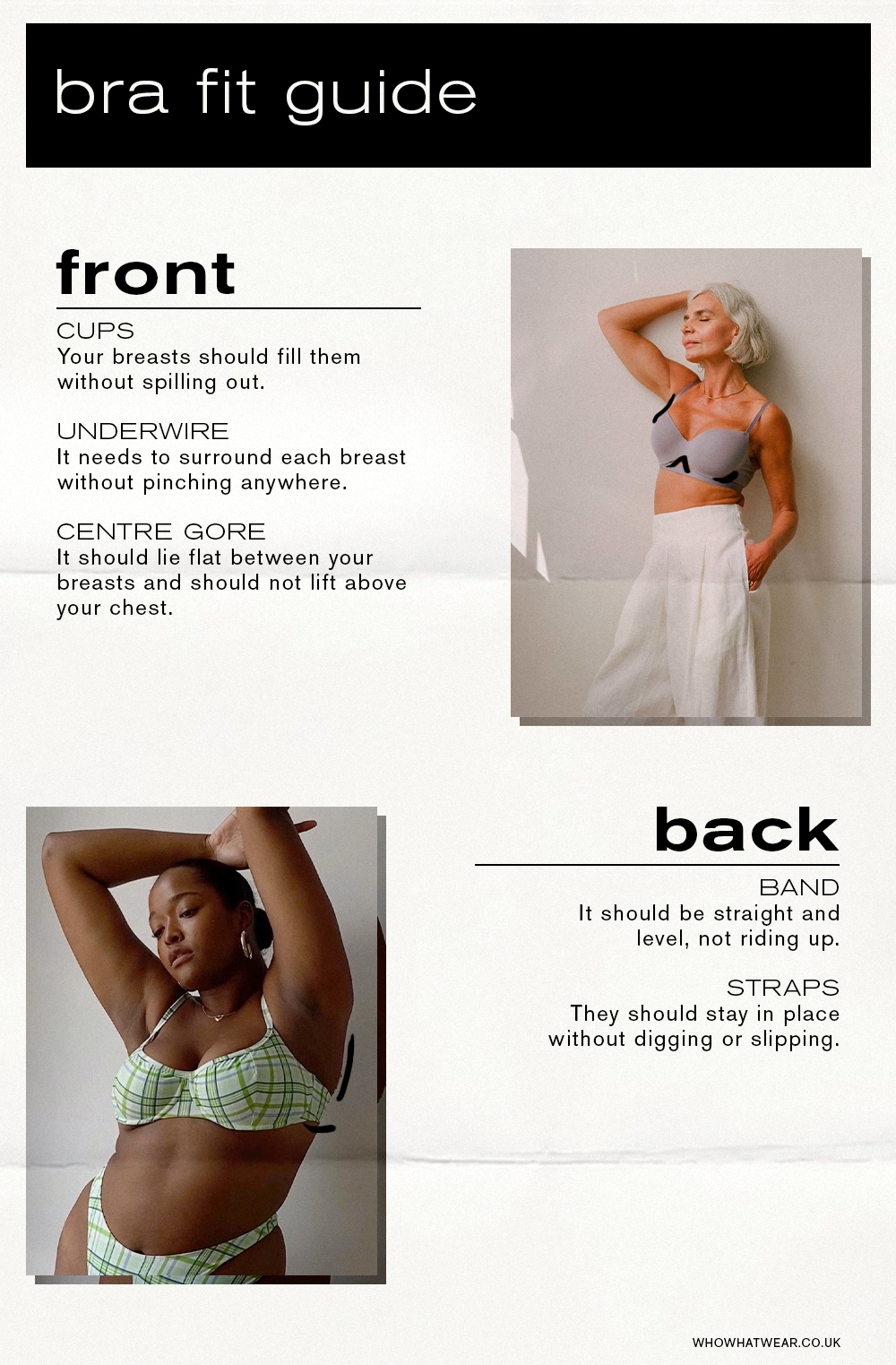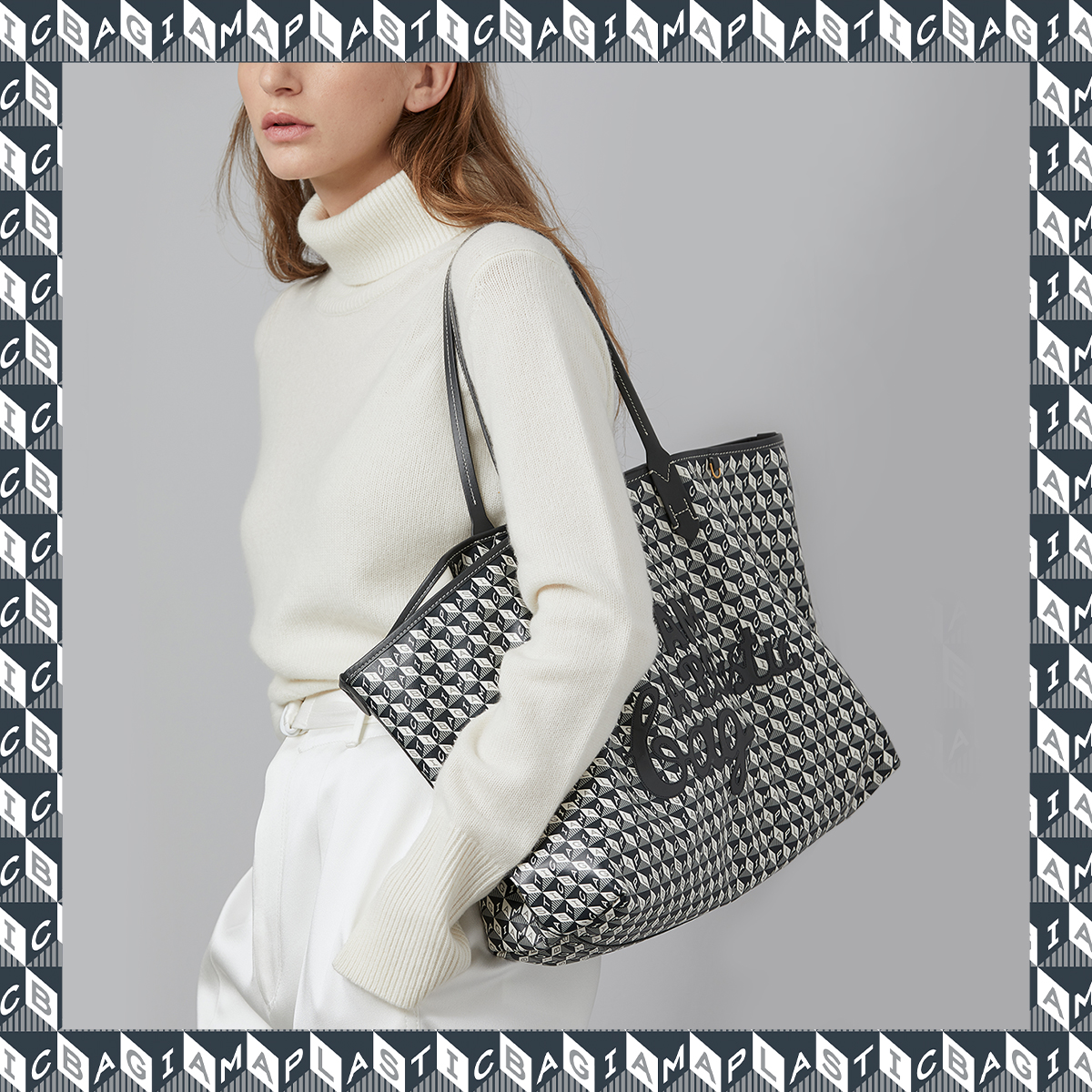November 15, 2021 at 06:03AM
Without the help of our bra-size calculator below, finding out (and updating) your bra size can be a time-consuming and downright annoying thing to have to do. There are loads of great places you can visit to get your bra fitted (and I do venture afield, as you’ll see below), but the truth is that it’s super important to keep checking. Our bodies change fast (weight can fluctuate and our figures shift all the time), and wearing the wrong size bra can be rather damaging to your breast tissue. So although we would always recommend getting fitted properly, it is a great idea to be able to scope out your own bra size from home until you can fit the time in your schedule to get it done properly. That way, you can be on top of things when you’re too busy to visit a lingerie department every six months.

To get some expert intel, I headed to both Marks and Spencer and Rigby & Peller. The latter is an old-school underwear shop that works very differently from other stores. Instead of measuring you, the bra fitters work by sight. They just look at your chest and work out which size you are. Both Rigby and M&S came back with a 34D. Now, while just knowing someone’s bra size from looking at their chest does seem like a sort of superpower every breast owner should have, alas, it’s not something we can all possess, which is why I got thinking about a bra-size calculator. Although bar fitting appointments have largely resumed post-lockdown, this bra-size calculator is an easy way for everyone to work out their own bra size without having to step foot in a store should they not wish to, or simply don’t have the time to spare. Keep scrolling for our guide on how to find out your correct bra size, and you can thank me later.

ADVERTISEMENT
ADVERTISEMENTKate Spade Autumn/Winter Sale |
To measure around the band part of your bust, which is directly underneath your breasts, make sure you have a soft tape measure to hand, place it flat against your skin, and draw it around your torso. Keep as close to under your bust as possible. Once you’ve done that, note down the number in inches.

Once you’ve done the band, then you want to measure the fullest part of your bust. Gently take the tape measure and measure it in inches as well.
Then comes the slightly tricky bit: To work out what your cup size is, you want to subtract your band size from your bust size. From the difference between the two sizes, you can work out your cup. If the difference is less than 1, then it’s AA; 1 means A; 2 means B; 3 means C; 4 means D; 5 means DD; and so on.
You’ll still need your band measurement to give you the number preceding the letter. For example, if your band size is 34 but your bust size is 37, then your bra size is 34C (difference of 3, again, means it’s a C cup). Of course, it’s worth mentioning that bras can fit differently according to different brands, but now you have the basic tools to work out your correct size.


Under-band: This should be parallel to the floor and secure enough that only two fingers can fit under the elastic.
Centre front: Should sit completely flat against the sternum.
Side wire: Make sure this is flat against the rib cage and never digging into the breast tissue.
Cup capacity: Breasts should sit fully into the cup without any spillage.
Straps: These should be adjusted to just fit two fingers on top of each other, which will give the right pressure for your shoulder.
ADVERTISEMENT
ADVERTISEMENTSports Direct Free Delivery on All Orders! |












ADVERTISEMENT

ADVERTISEMENT
Anya Hindmarch - I AM A PLASTIC BAG













This piece was published at an earlier date and has been updated. Next up, nine brands that prove gorgeous lingerie shouldn’t cost the earth.
Author Elinor Block | Whowhatwear
Selected by CWC
ADVERTISEMENT
ADVERTISEMENTUp to 30% off Gift Sets |








